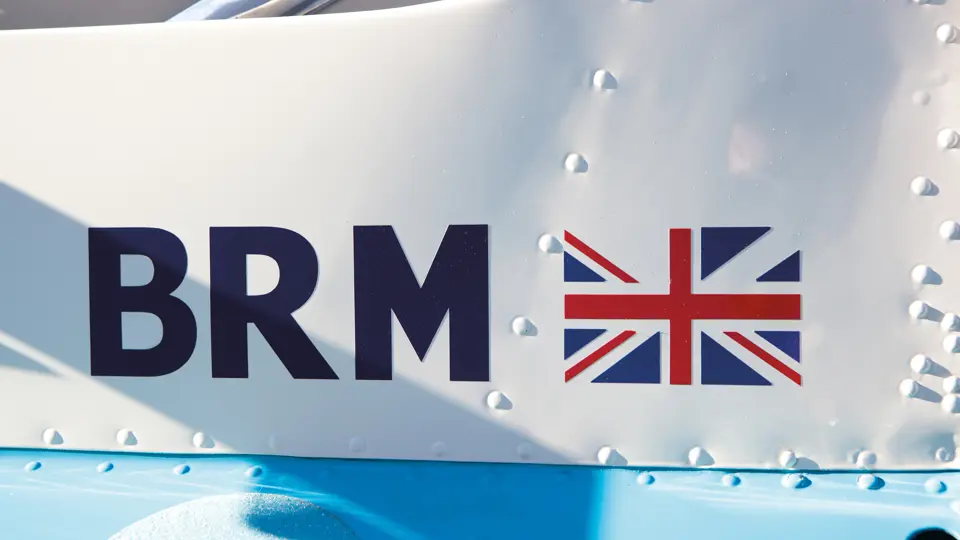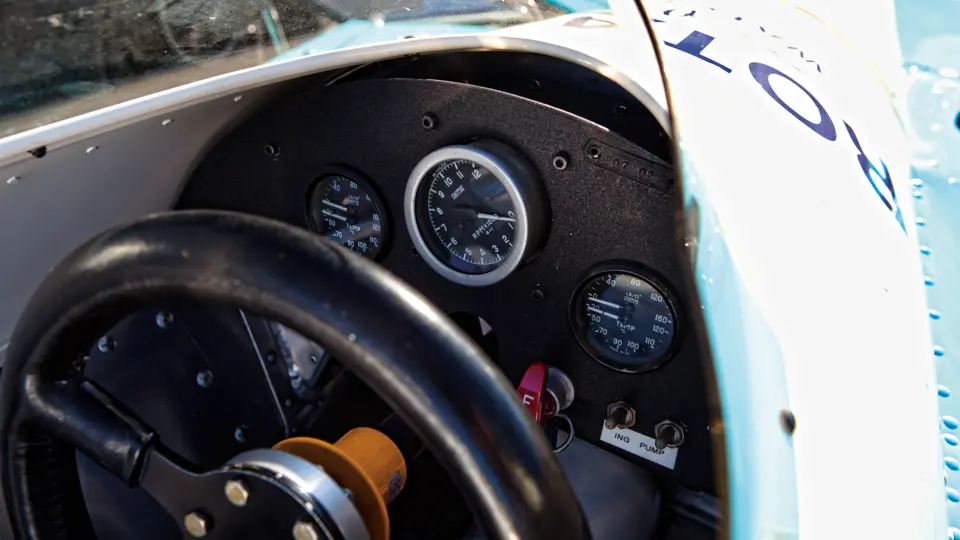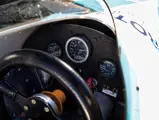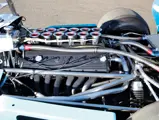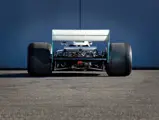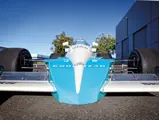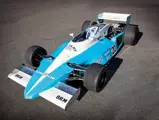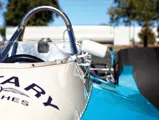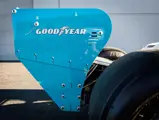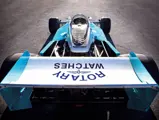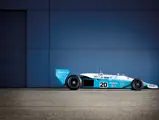480 hp, 2,998 cc DOHC V-12 engine, Lucas fuel injection, five-speed manual transaxle, independent suspension by front lower wishbones, top rockers actuating inboard coil-over spring shocks, rear twin lower links, single upper links, trailing arms and coil-over spring shocks, and four-wheel hydraulic disc brakes. Wheelbase: 104 in.
• BRM’s last original team entry in Formula One in 1977
• Designed by Len Terry, creator of the 1965 Indy-winning Lotus 38 and Gurney Eagles
• Built for Teddy Pilette, who scored 4th and 5th in F1 UK races in 1978 and 1980
• Fully restored; successfully campaigned at Laguna Seca, Thunderhill, and Sears Point
British Racing Motors was founded in 1945 by Raymond Mays, who had developed the immensely successful ERA voiturette in the 1930s. Between 1945 and 1977, the company combined occasional victories in Formula One with glorious failures. However, in 1962, BRM won the World Constructor’s Title and driver Graham Hill won the World Championship. The company was the World Constructor’s Title runner-up in 1963, 1964, 1965, and 1971.
The first car to bear the BRM name was the outrageous 1½-litre, supercharged V-16, which won the first two races it entered in 1950, in the hands of Reg Parnell. However, it proved impossible to develop reliably and a change in Formula One engine displacement for 1953 and 1954 rendered the V-16 obsolete.
BRM was chasing Cooper and Lotus in the late-1950s as the mid-engined designs took over. The BRMs were plagued by reliability issues again, until designer Tony Rudd took over in 1961. He solved most problems and the double victories of Constructor’s and Driver’s World Championships were the result. An attempt to build an H-16 engine in 1966 proved disastrous, but the four-valve heads were adapted to a V-12 engine designed by Geoff Johnson and resulted in wins by Pedro Rodriguez in the Belgian Grand Prix and further victories by Peter Gethin and Jo Siffert in 1971.
Sadly, Siffert and Gethin were killed before the 1972 season, and the sole highlight that year was Jean Pierre Beltoise’s win at the rain-soaked Monaco GP. The tobacco sponsorship went away in 1973, and the last BRM success was a 2nd place by Beltoise at the South African GP in 1974.
Alfred Owen, who had bankrolled BRM, died in 1975 and his son-in-law, Louis Stanley, continued with a much reduced program. However, Stanley had hired Len Terry to design a new car, the V-12 P207 model, of which much was hoped when it was introduced for 1977.
The car on offer, 207/02, was entered by Stanley-BRM for four mid-season 1977 Grand Prix races, in France, Germany, Holland, and Italy, and driven by Swedish and Belgian hopefuls Conny Andersson and Teddy Pilette. In 1978, the Stanley-BRM team concentrated on the British Aurora AFX Formula One Championship series. In the hands of Pilette, number 207/02 finished 4th at Oulton Park and 5th at Brands Hatch.
Number 207/02 returned to British National F1 racing in 1980, driven in three rounds by Tony Trimmer, but to no effect. The car then reappeared in 1982, driven by David Williams, who finished 5th at Brands Hatch and 4th in a Historic F1 race at Donington Park. Its last race was in 1983, with Tony Trimmer at Oulton Park.
In the early-2000s, the car was restored by Phil Reilly & Co. to racing condition and was campaigned enthusiastically by the present owner in historic Formula One group events, sanctioned by the HMSA and the CSRG at Thunderhill, Sears Point, and Laguna Seca. It is offered today as a potential front-runner in historic Formula One classes, having benefitted from considerable development work in recent years, with particular attention paid to chassis and suspension set-up. Among the great events for which 207/02 qualifies are the FIA Historic Formula One Championship and the Monaco Historic Grand Prix, which could offer the new owner the chance to exercise 207/02 at some of the world's great motor racing circuits.






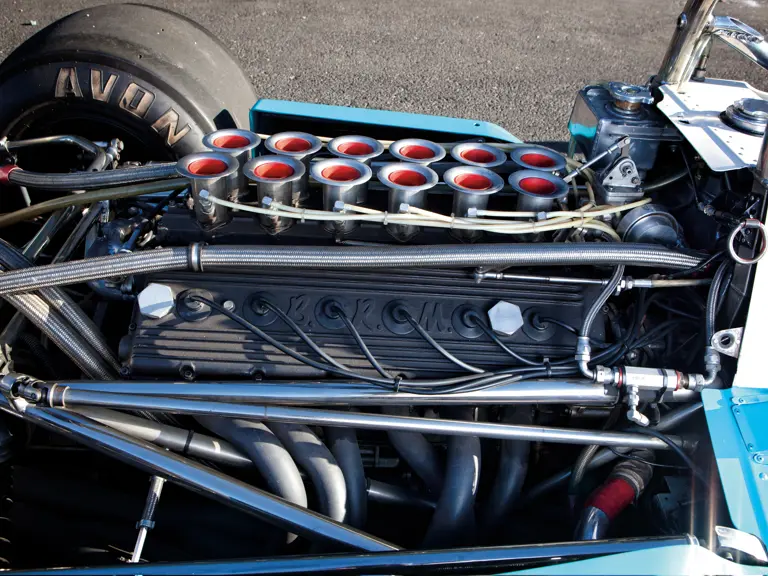

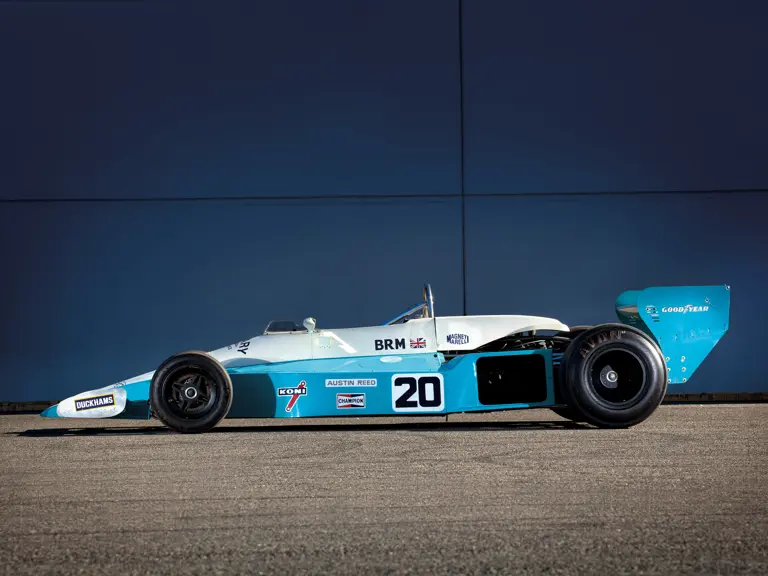

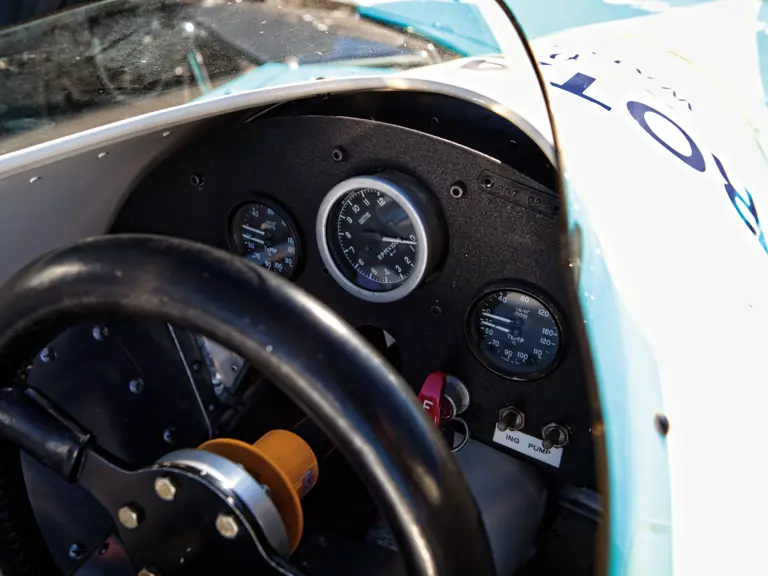


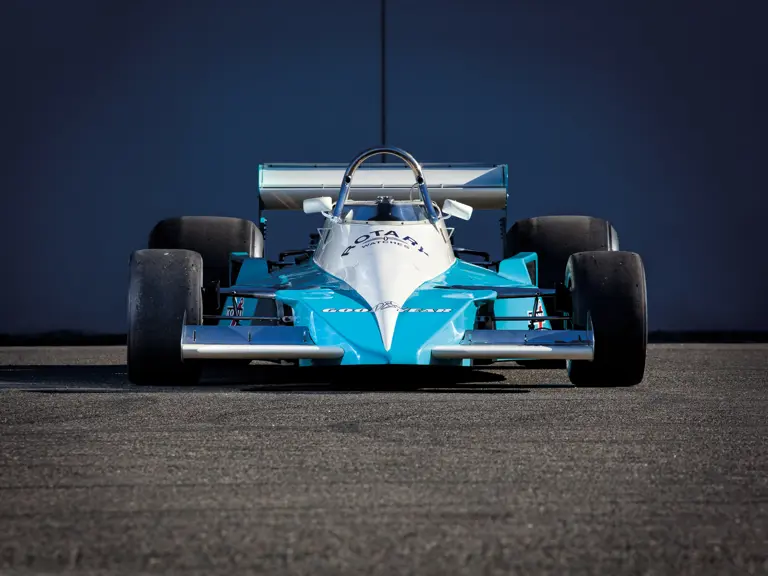
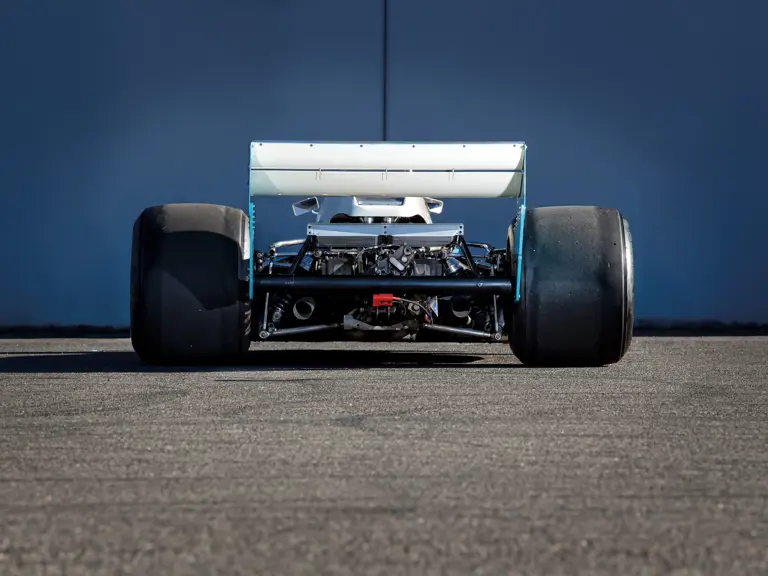






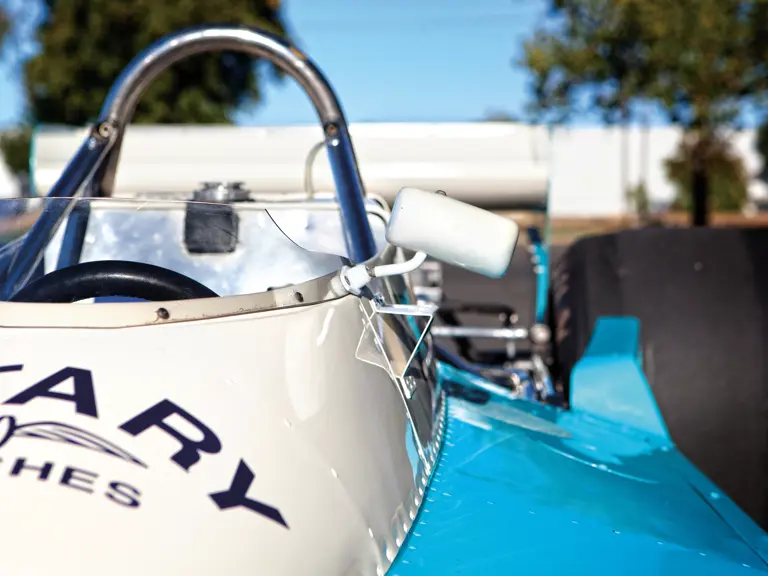

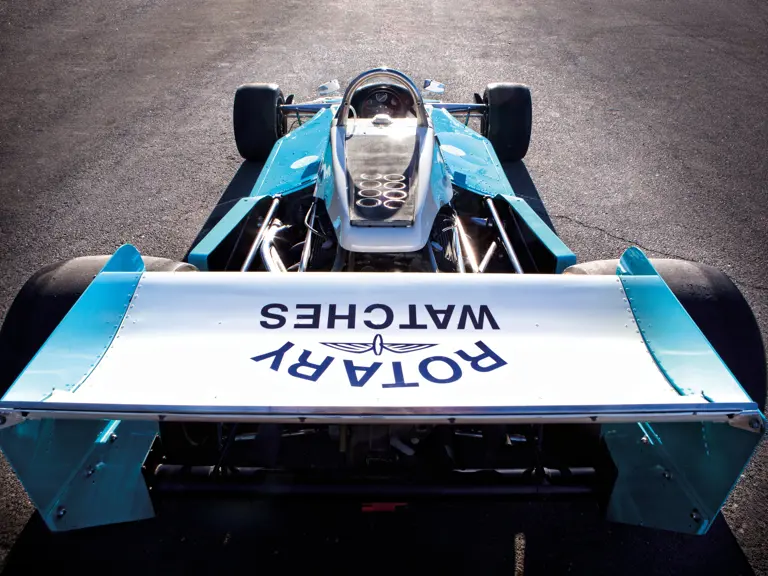







 | London, United Kingdom
| London, United Kingdom

